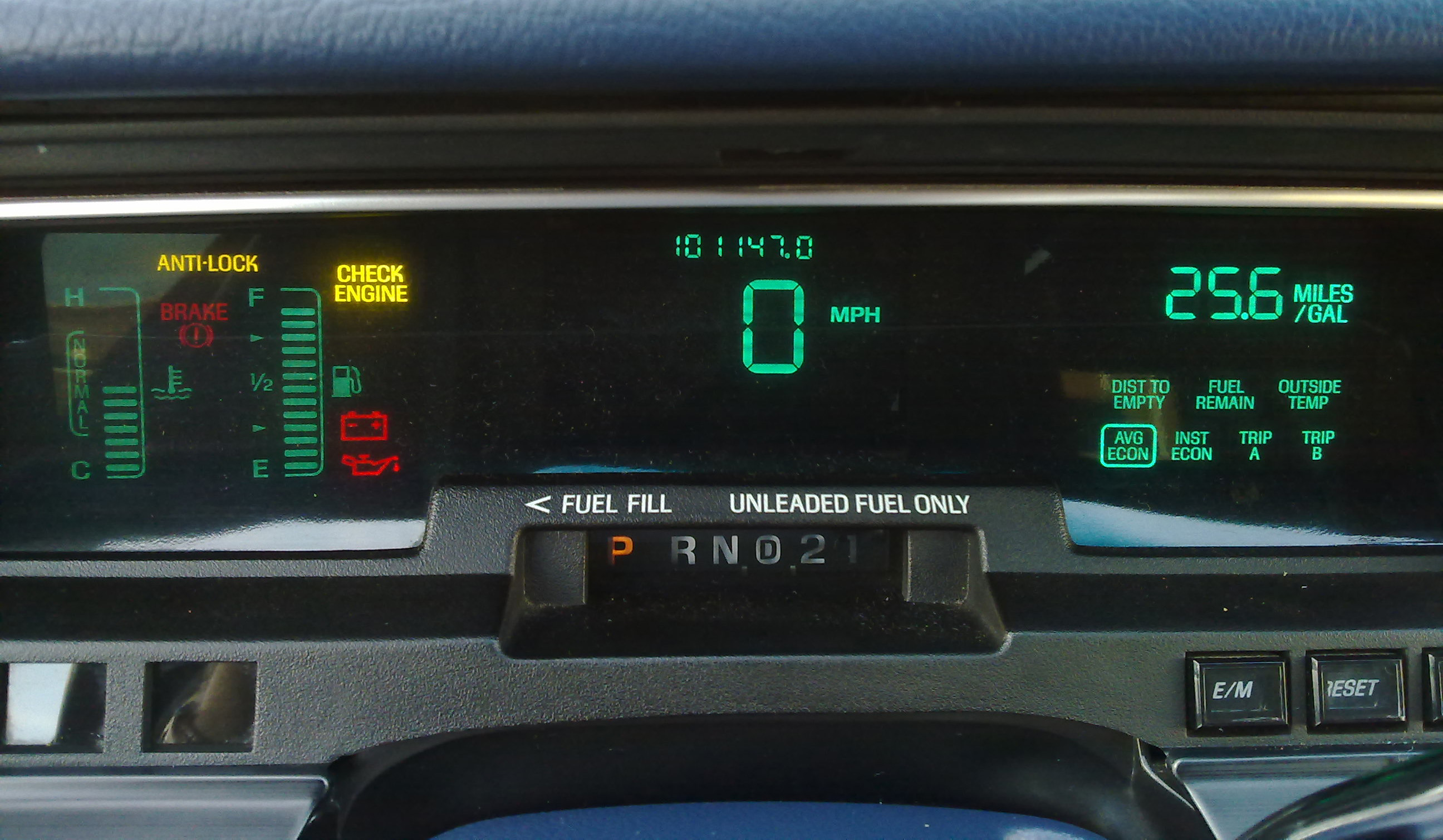I don’t mean BETTER. That’s a different conversation. I mean cooler.
An old CRT display was literally a small scale particle accelerator, firing angry electron beams at light speed towards the viewers, bent by an electromagnet that alternates at an ultra high frequency, stopped by a rounded rectangle of glowing phosphors.
If a CRT goes bad it can actually make people sick.
That’s just. Conceptually a lot COOLER than a modern LED panel, which really is just a bajillion very tiny lightbulbs.
I like the look of vacuum-fluorescent displays (VFDs) – a high-contrast display with a black background, solid color areas. Enough brightness to cause some haloing spilling over into the blackness if you were looking at it. Led to a particular design style adapted to the technology, was very “high-tech” in maybe the 1980s.

OLEDs have high contrast, and I suppose you could probably replicate the look, but I doubt that the style will come back.
https://en.wikipedia.org/wiki/Vacuum_fluorescent_display
EDIT: A few more car dashboards using similar style:
https://s3.amazonaws.com/skillshare/uploads/session/tmp/50c99738
https://www.pinterest.com/hudsandguis/retro-car-dashboards/
And some concept cars with similar dash:
https://www.hudsandguis.com/home/2022/retro-digital-dashboards
Some other devices using VFDs:
My kid’s car is like this. I’ve been calling it retro-futuristic, which I think is a pretty apt description.
Pneumatic tubes were way, way cooler than email.
Of course, you could only use them to send a message to someone in the same office building, so the comparison isn’t perfect… but you know what I mean.
I’m not crazy old, but I’m old enough that the supermarket I went to as a kid had these at all the checkout aisles and the cashiers would use them to send cheques/reciepts/ whatever.
It was awesome to see.
I was thinking the other day how much cooler flap displays at stations and airports were compared to modern displays.
Such a nice interface between computer control and a purely mechanical display. Watching them update, flipping through all the variables to land on the right one, and then clearing was so cool.
I miss the noise they made too. Haven’t seen one for like 20 years now.
Any mechanical regulation process that used to be handled by actual machine parts. Think of the centrifugal governor, this beautiful and elegant mechanical device just for regulating the speed of a steam engine. Sure, a computer chip could do it a lot better today, and we’re not even building steam engines quite like those anymore. But still, mechanically controlled things are just genuinely a lot cooler.
Or hell, even for computing, take a look at the elaborate mechanical computers that were used to calculate firing solutions on old battleships. Again, silicon computers perform objectively better in nearly every way, but there’s something objectively cool about solving an set of equations on an elaborate arrangement of clockwork.
Centrifugal governors are possibly one of the origins of the phrase “balls out” or “balls to the wall” (although many say “balls to the wall” has to do with the ball-shaped handles on old aircraft throttle levers)
Also somewhat similar to governors are centrifugal switches, which are used in just about anything with an electric motor to disconnect the motor from a capacitor which gives the motor a little extra juice to get it going (I like this video for an explanation of how they work)
I didn’t know that was a thing. Thanks! I’m honestly surprised some MBA bean counter hasn’t replaced those with a chip of some sort by now. Really cool!




